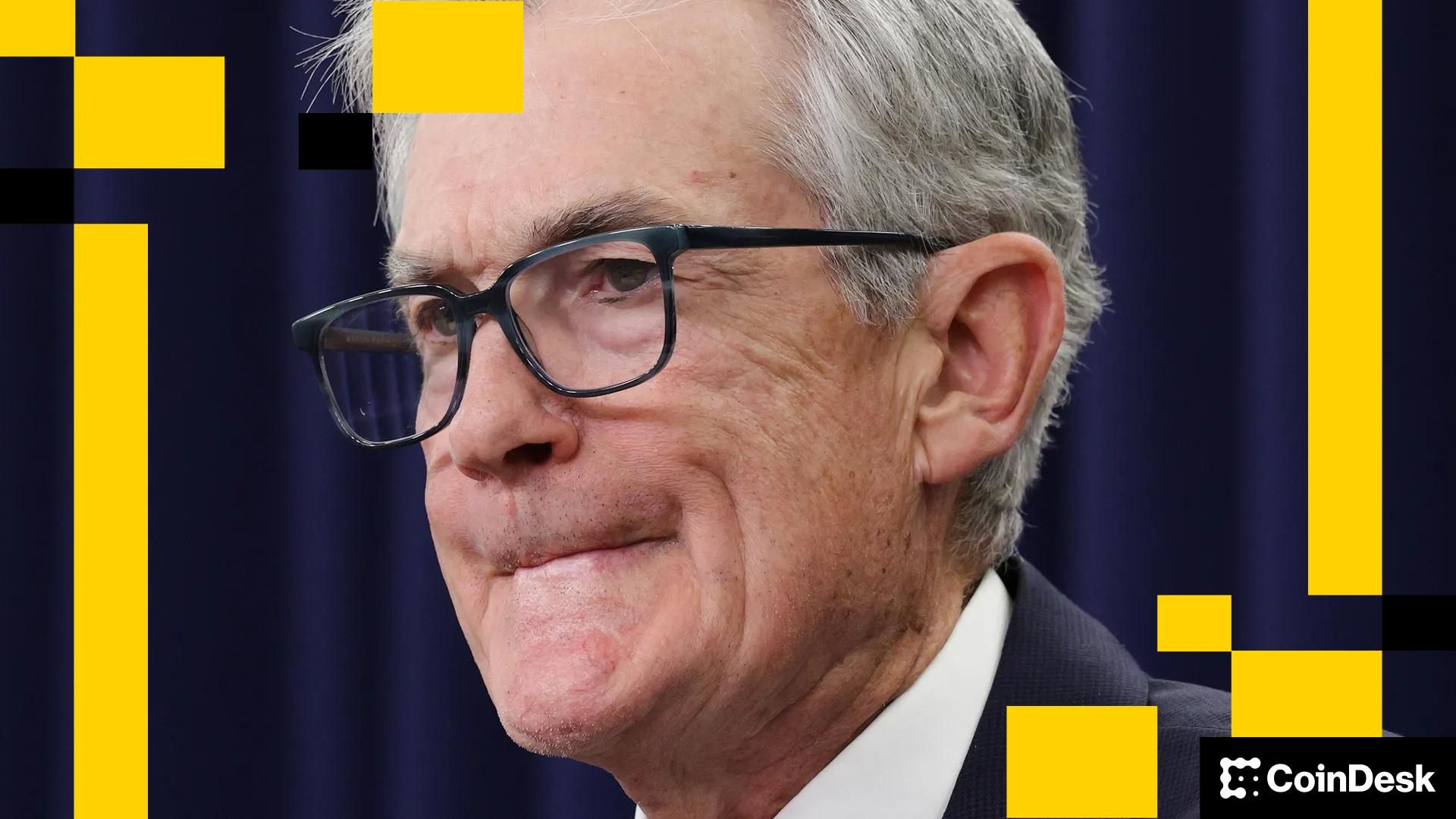The crypto market has turned its focus to XRP amid discussions regarding the probable burning of tokens held in Ripple’s escrow. This potential move could diminish XRP’s supply by 20%, currently at roughly 99.9 billion tokens, with about 60 billion already circulating and 35 billion locked in escrow. The decreased supply proposition could greatly impact XRP’s market behavior and intrinsic value.
What Could Supply Reduction Mean?
If Ripple opts to burn 20% of its escrow-held tokens, this would eliminate nearly 19.98 billion tokens, slashing the total supply from 99.9 billion to around 79.9 billion, while keeping circulating supply untouched. This scenario signifies a crucial reduction in ‘future supply,’ potentially shifting market dynamics significantly.
In this hypothetical framework, the escrow’s holdings would drop from 35 billion to 15 billion, while circulation remains at 60 billion. Although there may not be immediate changes in transaction volumes, the long-term could see heightened supply pressure. Experts suggest such a decrease might apply a “long-term upward pressure” on prices; with a stable or growing demand, a price increase could ensue.
Is Demand the Real Driving Force?
The burn initiative on its own isn’t the sole catalyst for change. Factors such as XRP’s integration into payment systems, involvement in stablecoin projects, and regulatory guidance will play vital roles. Notably, XRP is destroyed in small portions with each transaction as part of its set fee structure.
Past rumors predicted substantial burning from the escrow, but Ripple has not committed to such extensive actions. XRP diverges from fixed-supply cryptocurrencies like Stellar (XLM), which did follow through with a significant supply cutback in 2019, but XRP hasn’t initiated a similar strategy.
Enthusiasm surrounds the possibility of burning XRP, yet actual market conditions might cap these predictions. A hypothetical 20% cut in supply could be momentous, though widespread utility and increased demand will ultimately dictate its success. Simply eliminating tokens won’t propel prices; transaction volumes, corporate adoption, and regulatory transparency hold much greater influence.
“While a substantial token reduction can influence market perceptions, the driving factors of demand and usability cannot be underestimated.”
Concrete insights can be extracted:
– Ripple’s potential token burn could lead to a circulating supply of approximately 79.9 billion.
– Past rumors of large-scale escrow burning were not realized.
– Similarities and differences exist with tokens like Stellar (XLM).
Amid the forecasts and buzz, the true test for XRP will be its adaptability to market demands and regulatory developments. Only time will tell how these elements align to affect its financial trajectory, making it an engrossing watch for stakeholders and enthusiasts alike.
Disclaimer: The information contained in this article does not constitute investment advice. Investors should be aware that cryptocurrencies carry high volatility and therefore risk, and should conduct their own research.

















 English (US)
English (US)